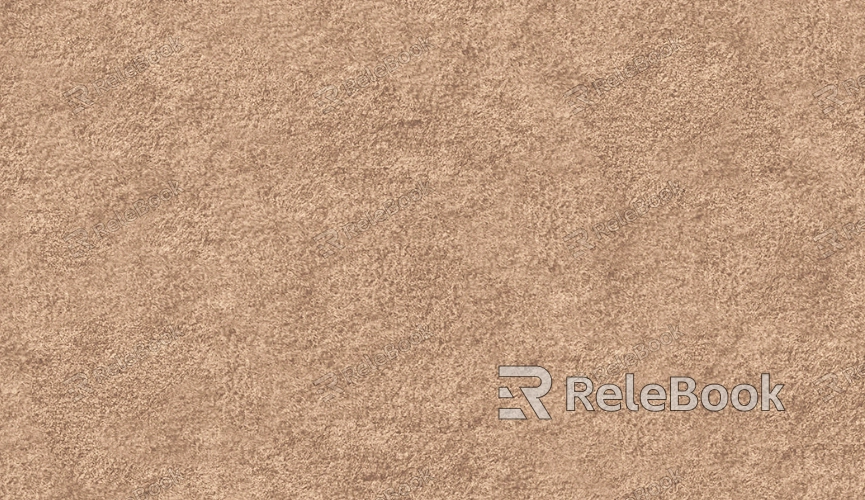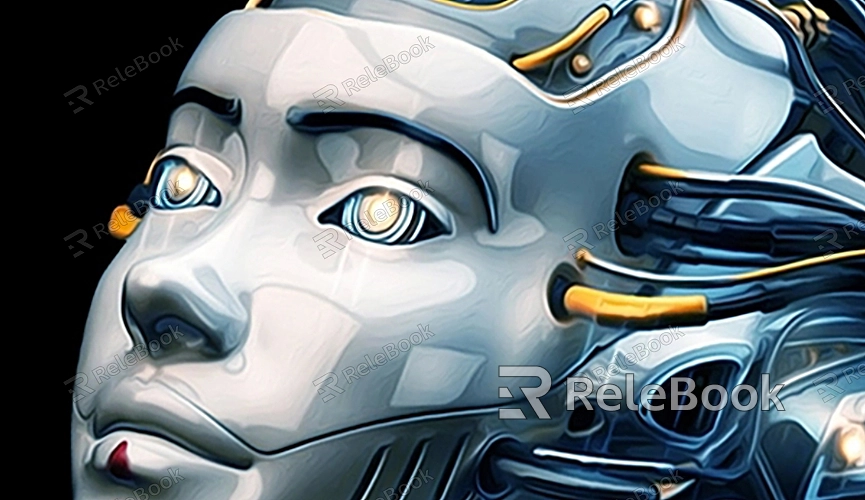How to Put a 3D Texture in Blender
As a 3D artist, I’ve learned that placing textures on models is crucial for achieving realism and visual appeal. Whether it’s crafting lifelike skin for a game character, designing realistic architectural walls, or creating polished advertisements for industrial products, precise texture placement is key. In Blender, this process goes beyond technical skills—it requires creativity and attention to detail to ensure the final result meets expectations. Over the years, I’ve developed efficient methods that can enhance your workflow and improve your output. Let me guide you step-by-step, from foundational concepts to advanced techniques, to master the art of placing 3D textures in Blender.

1. Prepare Your Model’s UV Mapping
The Importance of UV Unwrapping
UV mapping is the backbone of texture placement. Without a well-structured UV map, textures can stretch, distort, or repeat inconsistently. A carefully optimized UV layout is the first step to success.
Practical Tips for UV Setup
Automatic Unwrapping: Use Blender’s Smart UV Project to quickly generate a base UV layout for your model.
Manual Refinement: Fine-tune critical areas manually, such as prominent or detailed regions, to prevent distortion.
Check for Overlaps: Open the UV editor to identify and resolve overlapping UV islands, ensuring textures align seamlessly.
2. Choose the Right Texture Mapping Method
Common Mapping Techniques
Blender offers several mapping methods, including planar, cubic, spherical, and triplanar mapping. Each method caters to specific model types.
When to Use Each Method
Planar Mapping: Ideal for flat surfaces like floors or walls.
Spherical Mapping: Best for curved models like lampshades or globes.
Triplanar Mapping: Excellent for organic shapes or sculptures, as it reduces visible seams.
3. Adjust Texture Scale and Orientation
Scaling Textures
Through Blender’s material node editor, you can scale textures up or down to match your model’s proportions. Overly dense or sparse textures can detract from the final look.
Aligning Texture Direction
For directional patterns like wood grain or fabric, use the UV editor or rotation settings in the material nodes to ensure textures flow naturally.
4. Use Seamless Textures for Continuity
Advantages of Seamless Textures
Seamless textures blend smoothly across surfaces, avoiding harsh edges. They are ideal for repetitive materials like tiles or wallpaper.
How to Apply Seamless Textures
Adjust the repeat settings and offsets in the material nodes to distribute seamless textures evenly across your model.

5. Optimize with Real-Time Previews
Previewing in Viewport
Blender allows you to preview your texture placement in real-time using Material Preview or Rendered View. This immediate feedback helps fine-tune the texture application.
Evaluate from Multiple Angles
Rotate your model to inspect how the texture appears from different perspectives. For animated objects, this step is crucial to ensure consistency during motion.
6. Refine Details with Texture Painting
Direct Texture Painting
When UV adjustments can’t resolve specific issues, Blender’s Texture Paint mode allows you to paint directly on the model. This is great for fixing seams or adding custom details.
Steps for Painting
Switch to Texture Paint mode, select the target area, and adjust brush settings to refine texture alignment or correct imperfections.
7. Leverage Material Nodes for Advanced Effects
Enhancing Texture Appearance
With Blender’s node editor, you can adjust parameters like UV offsets, normal maps, and texture blending to create more complex effects.
Using Masks for Precision
Apply mask textures to control transitions between different materials, minimizing harsh boundaries, especially on intricate models.
8. Optimize Rendering for Better Results
Anti-Aliasing and Filtering
Enable anti-aliasing and anisotropic filtering in the render settings to enhance texture clarity.
Choosing Appropriate Resolution
Pick a texture resolution that balances detail and performance. High-resolution textures offer more detail but may slow down rendering or increase file size.
9. Save Frequently and Test Thoroughly
Version Management
Save multiple versions of your file after significant adjustments. This helps you compare changes and revert if needed.
Place your textured model in a scene with proper lighting and shadows to assess how it looks in context and make final adjustments if necessary.
Placing 3D textures in Blender involves a blend of technical skills and artistic judgment. By following these methods, you’ll enhance both the quality and efficiency of your projects. From UV optimization to using material nodes effectively, every step contributes to a polished result. I hope these insights help you create stunning models with confidence. For more in-depth 3D design tips, visit Relebook, where you’ll find a wealth of tutorials and resources to take your skills to the next level!

